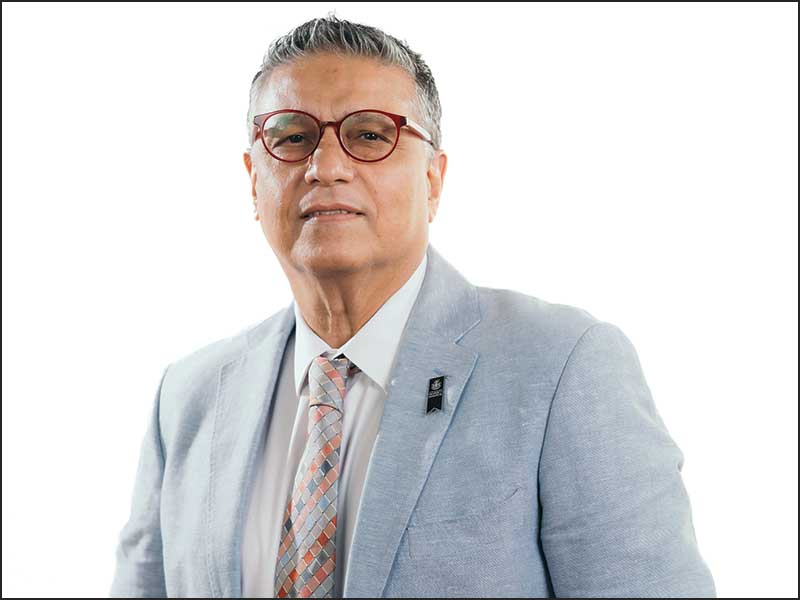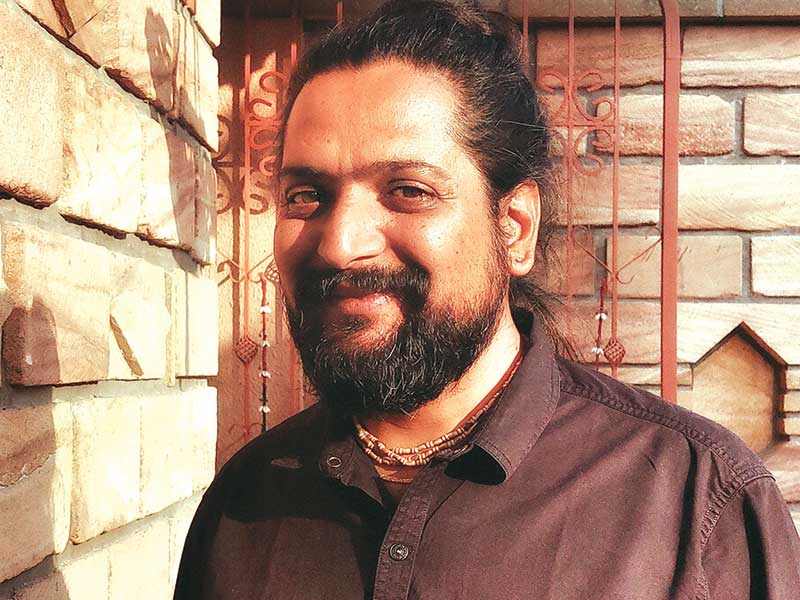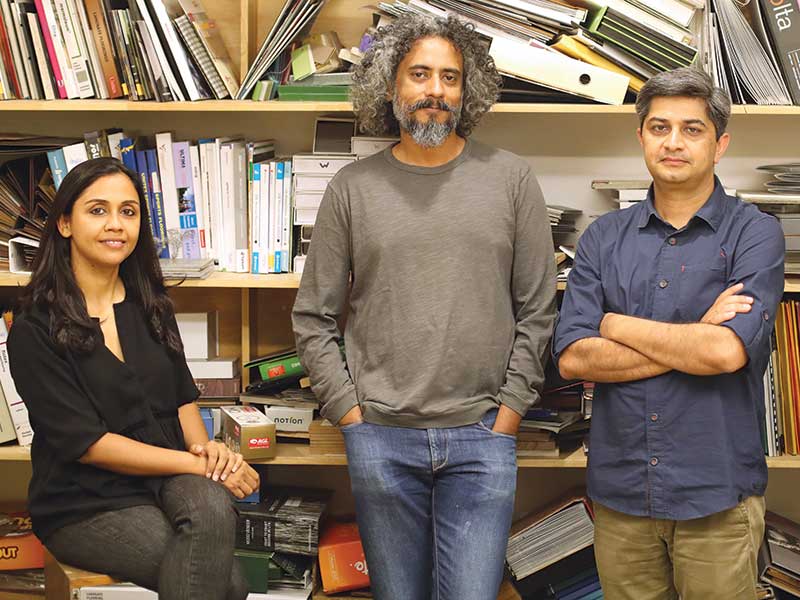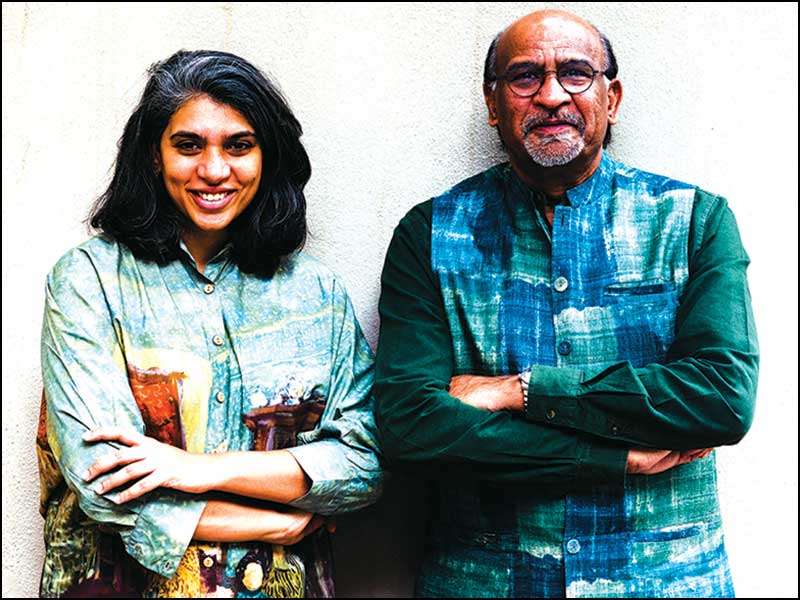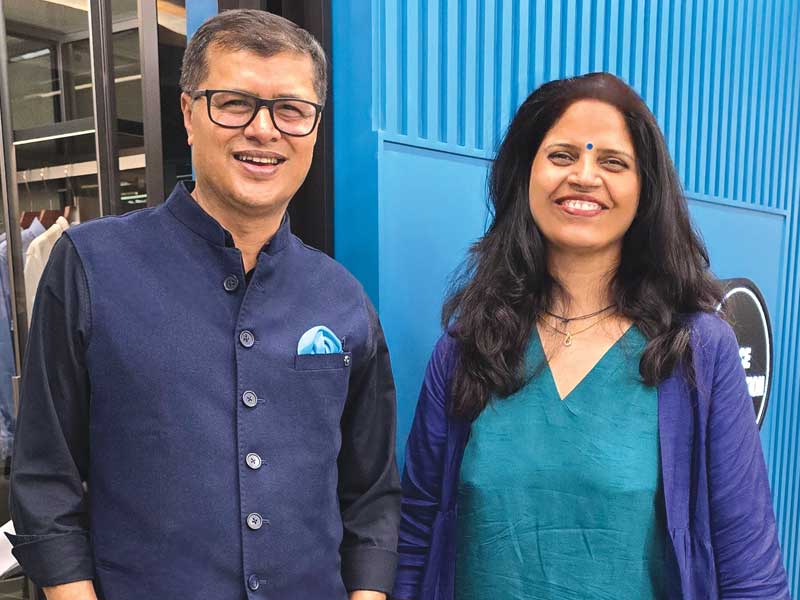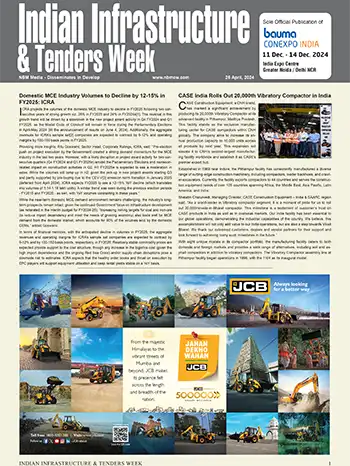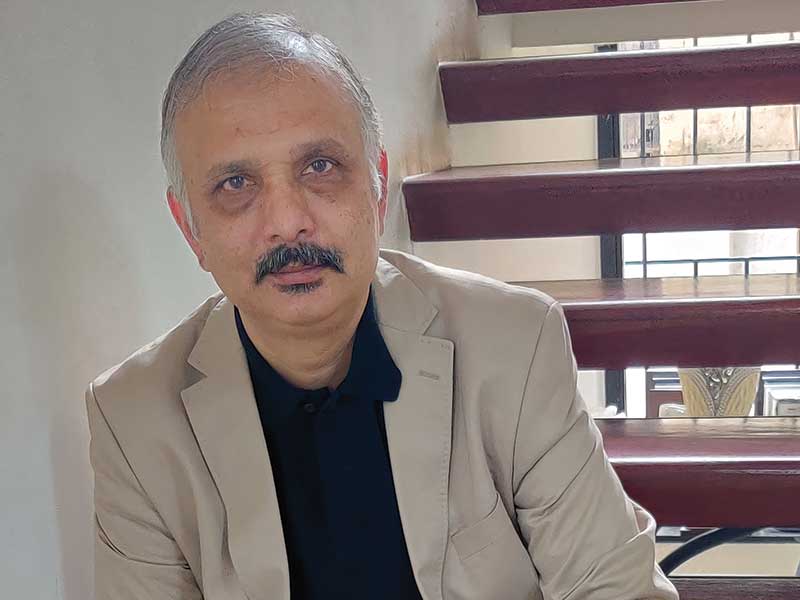
Living quarters would race towards having either a covered or open courtyard, which helps flow of natural light, vitamin D, and ventilation, or outward-looking spaces for the same reasons. There is an increase in demand for better air quality be it commercial, hospitals, hotels etc. This means use of anti-viral materials and green technologies to enhance both the indoor and outdoor air quality of our built environment.
Automation, advanced filtration, and use of natural light are at the forefront of architecture and design. Homes would need a workspace with increased connectivity, space for mind activities, workouts, home theater, etc. Thermostats, sensors, smart meters, and other home automation systems help reduce energy expenses and save the environment from further depletion of natural resources. Outdoor activities will increase and there would be greater use of natural resources to enhance our lives. “We shape our buildings, thereafter they shape us” goes a famous quote by Sir Winston Churchill.

Convertible workspaces, open spaces, and modular residential spaces will help end-users reinvent their lifestyle continually.
Adopting technology like robotics, prefab or pre-engineered buildings for faster construction, especially infra projects and mass housing, would help cut cost and stress on environment due to quick turnaround time.
Climatic driven understanding of the location during site selection, the design of built spaces, and use of eco-friendly materials would catapult sustainability and the quality of our built environment. There needs to be a stronger focus on basic principles of design, to adopt and utilize daylight integration, over deck insulation, direct and indirect ventilation, geothermal cooling, ground water recharge etc, in the design process for implementation during construction.
Transport oriented development to integrate different modes of transport under one roof for accessibility and destination, while each of the communities would strive to have walking access between residential, educational, commercial, workspace, entertainment, healthcare, and F&B.

